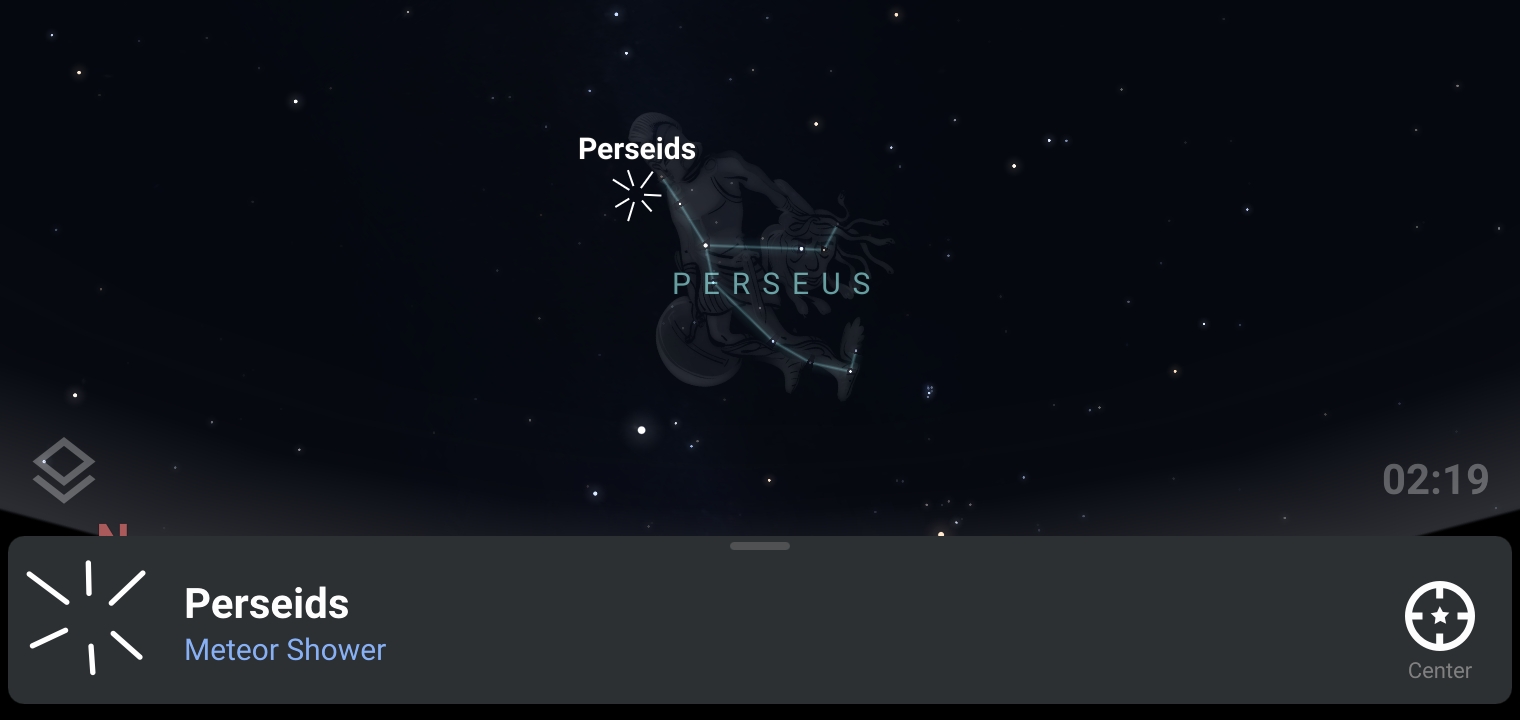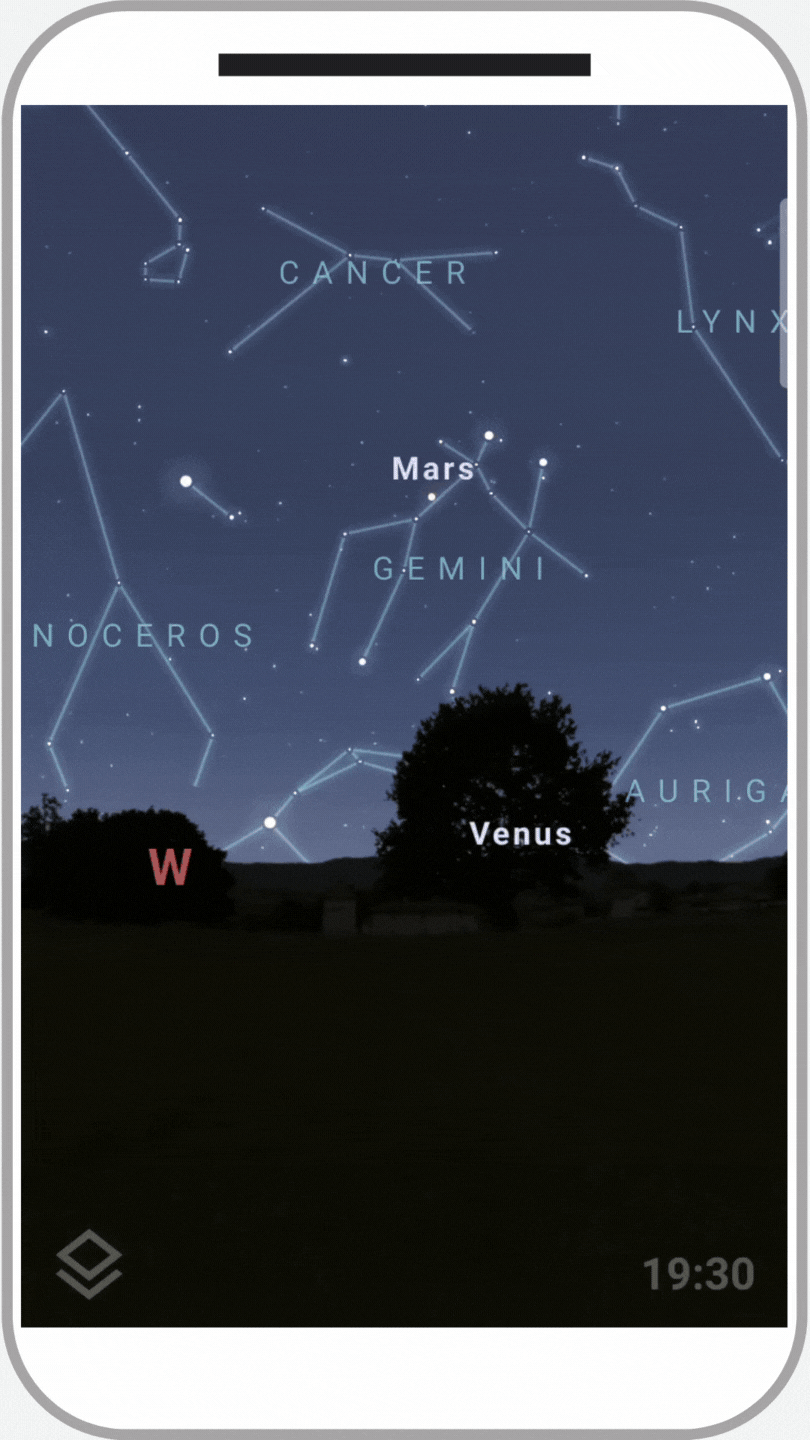The Perseid Meteor Shower is one of the most awaited astronomical events for astronomy enthusiasts all around the world. It is most known for its radiant meteors that are visible even in moderately dark areas.
This photo of the Perseids
was even featured in
NASA’s Astronomy Picture of the Day
a few days ago
When will it be visible?
The Perseids are already visible and you can see them tonight until August 24. However, the peak will be on the night of August 12 until the morning of August 13. On this night, it is expected to see up to 100 meteors per hour.
Where to look?
Perseids are easy to spot because the meteors are radiant. While you can generally look in any direction, it is best recommended that you look at the constellation Perseus as that is where the meteors will come from.
To easily find Perseus, download Stellarium Mobile on your mobile device. You can search for Perseus in the search bar and point your device to the sky to know where it is relative to your orientation.

What needs to be prepared?
If you simply want to see it and count how many meteors you will see, you need nothing else but yourself and Stellarium! It would be much better if you can find a safe and dark location where you can observe as you would be able to see the meteors better. Bring a blanket and something to lie down on and enjoy the meteor shower!
If you want to capture the meteor shower, it would be best to prepare a tripod. It would also help if you have a shutter release remote so the shot will not be shaky. Of course, do not forget your camera!
On the night of the observation
Turn on night mode on Stellarium Mobile and if possible, on your camera when you are locating where to look at and where to set up your camera. Point your device up and search for Perseids in Stellarium.

Available on Google Play and the iOS App Store
Once you find it, set up your camera pointing in that direction and adjust the settings. Capturing the meteor shower may take a few seconds. During this time, avoid moving around too much or making adjustments to your lightings, etc.. If you have a sensitive camera, it may pick up on these small vibrations, ruining your shot.
Don’t forget to share with us how many meteors you were able to see and your images of the Perseids on Twitter! We look forward to seeing it!
Tweet to @StellariumLabs
Wishing you all clear skies on all your observation nights!
App Store®
Google Play and the Google Play logo are trademarks of Google LLC.

